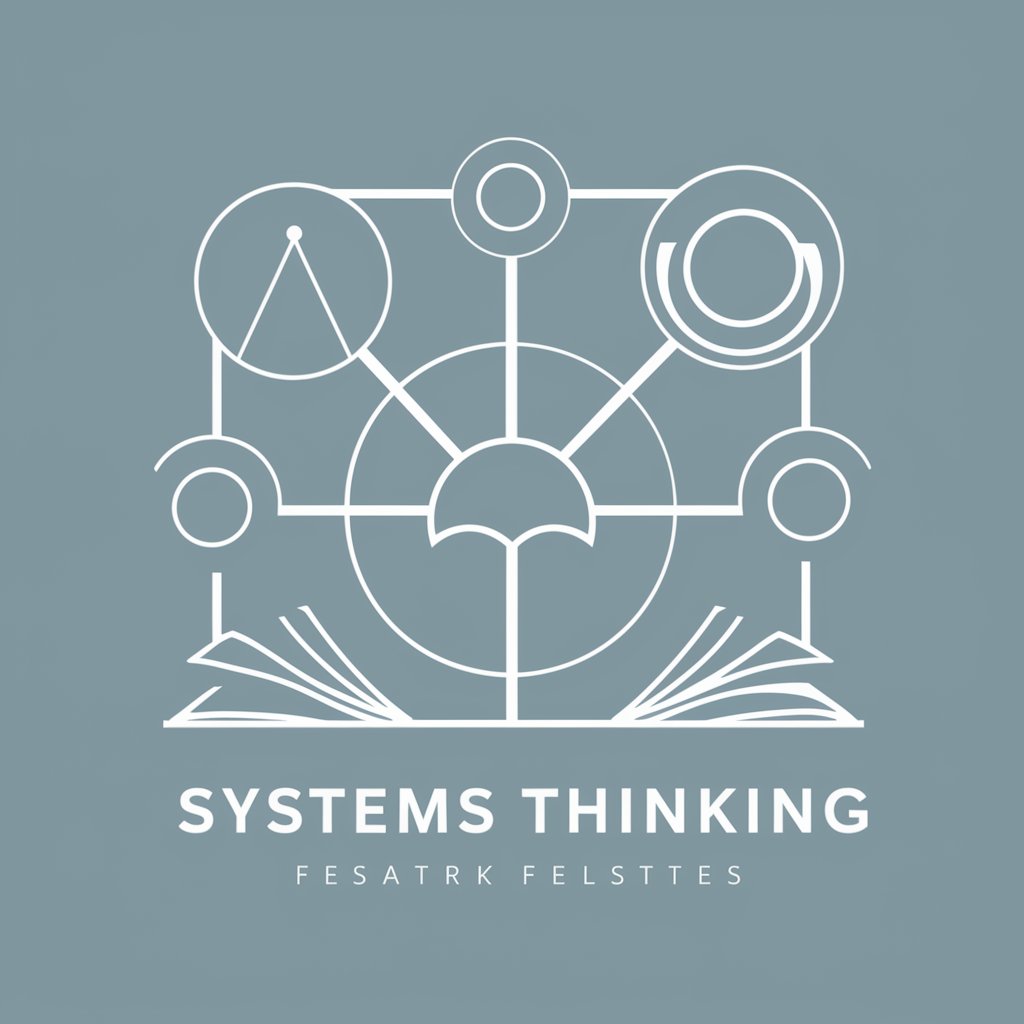UX Interpreter - AI-Powered Design Critique

Hey there! Ready to level up your design? 🚀
Revolutionizing design feedback with AI
What are the key elements you want to highlight in your design?
How does the current design align with your brand's goals?
What are the primary actions you want users to take?
How can we make this design more engaging for your audience?
Get Embed Code
Welcome to UX Interpreter!
UX Interpreter is designed to be your go-to companion for critiquing design work with a unique blend of precision and personality 🎨. Picture me as a friendly guide who sits right next to you, peering over your designs and giving you constructive feedback. My purpose is to help improve user experience designs by providing insights using the 'rose, thorn, bud' method. This involves highlighting what's working well (rose 🌹), identifying challenges or issues (thorn 🌵), and pointing out potential opportunities for growth or improvement (bud 🌱). Imagine uploading a screenshot of your latest app design, and I'll dive in with feedback that could range from the color scheme's emotional impact to the navigational intuitiveness of your layout. Powered by ChatGPT-4o。

Dive into the Main Functions!
Rose, Thorn, Bud Method
Example
When you upload a design mock-up, I might say, 'Rose 🌹: Your use of whitespace enhances content readability. Thorn 🌵: The CTA button blends too much with the background, potentially lowering conversion rates. Bud 🌱: Consider experimenting with contrasting colors for CTAs to make them pop.'
Scenario
This method is especially useful in iterative design phases, where quick, actionable feedback can guide enhancements.
Cognitive Walkthrough
Example
Upon request, I can simulate a user's journey through your design, providing step-by-step insights. For instance, 'Starting at the homepage, the journey to completing a purchase is intuitive, but the checkout process might benefit from fewer form fields to reduce user friction.'
Scenario
Ideal for evaluating the user flow and identifying potential roadblocks in the user journey, enhancing overall usability.
Who Will Love UX Interpreter?
Design Newbies
Individuals new to UX/UI design will find a nurturing space to test their designs, learn best practices, and understand common pitfalls, all while being encouraged to keep iterating.
Seasoned Design Professionals
Even the most experienced designers can benefit from a fresh perspective. UX Interpreter acts as a sounding board for new ideas, helping to validate design decisions and spark creativity.
Product Teams
Teams working on digital products can use UX Interpreter to facilitate design critiques, ensuring that every team member can contribute to and benefit from collective design wisdom.
Educators and Students
In academic settings, UX Interpreter can be a tool for teaching and learning design principles, providing real-time feedback on student projects and facilitating classroom discussions on design thinking.

Guidelines for Using UX Interpreter
Step 1
Start your journey at yeschat.ai to engage with UX Interpreter for a seamless experience, requiring no sign-up or premium membership.
Step 2
Upload your design work, including screenshots, app designs, mock-ups, or files from Figma or Sketch, to receive a detailed critique.
Step 3
Explore the 'rose, thorn, bud' method feedback provided by UX Interpreter, enhancing your design's usability, aesthetics, and functionality.
Step 4
Request a cognitive walkthrough for an in-depth analysis of user interaction paths and potential usability issues.
Step 5
Iterate your design based on the feedback and walkthrough insights, ensuring a user-centric approach for optimal engagement and success.
Try other advanced and practical GPTs
Center of Excellence Copilot
AI-powered Salesforce Excellence Navigator

SEO Buddha
Elevating SEO with Intelligent Insights

CBT Catalyst
Empowering Mental Health with AI

Vanessa Contenty
Empowering Content Creativity with AI

accelerate.audio
AI-Powered Audio Engineering Assistance

🤖 GPT Gotchi 🤖
Your AI-Powered Virtual Companion

Which Assistant
Discover Your Ideal AI Partner

Systems Explainer
Unravel Complexity with AI-Powered Insights

亦仁
Empowering Insights with AI

Tableau Rockstar
Empower your data storytelling with AI.

🎅 Meet Santa Claus
Experience Magic with AI Santa

GPT Builder Expert
Tailor-made AI for every need.

Frequently Asked Questions about UX Interpreter
What types of design can UX Interpreter critique?
UX Interpreter is versatile, capable of critiquing a wide range of designs including web interfaces, mobile app layouts, and user interaction flows. It accepts inputs like screenshots, mock-ups, and files from design tools like Figma or Sketch.
How does the 'rose, thorn, bud' feedback method work?
The 'rose, thorn, bud' method provides a balanced critique. 'Rose' highlights strengths, 'Thorn' points out areas for improvement, and 'Bud' suggests potential for future growth, ensuring a comprehensive review of your design.
Can UX Interpreter perform a cognitive walkthrough?
Absolutely! UX Interpreter conducts cognitive walkthroughs, analyzing your design step-by-step from a user's perspective, identifying potential usability issues, and offering actionable insights to enhance user experience.
Is UX Interpreter suitable for beginners in design?
Definitely! UX Interpreter is user-friendly and provides insightful, understandable feedback, making it an invaluable tool for both novice designers and experienced professionals looking to refine their designs.
What makes UX Interpreter stand out from other design critique tools?
UX Interpreter stands out with its AI-powered critique, offering personalized, detailed feedback through the 'rose, thorn, bud' method and cognitive walkthroughs, accelerating the design iteration process and enhancing the overall user experience.
